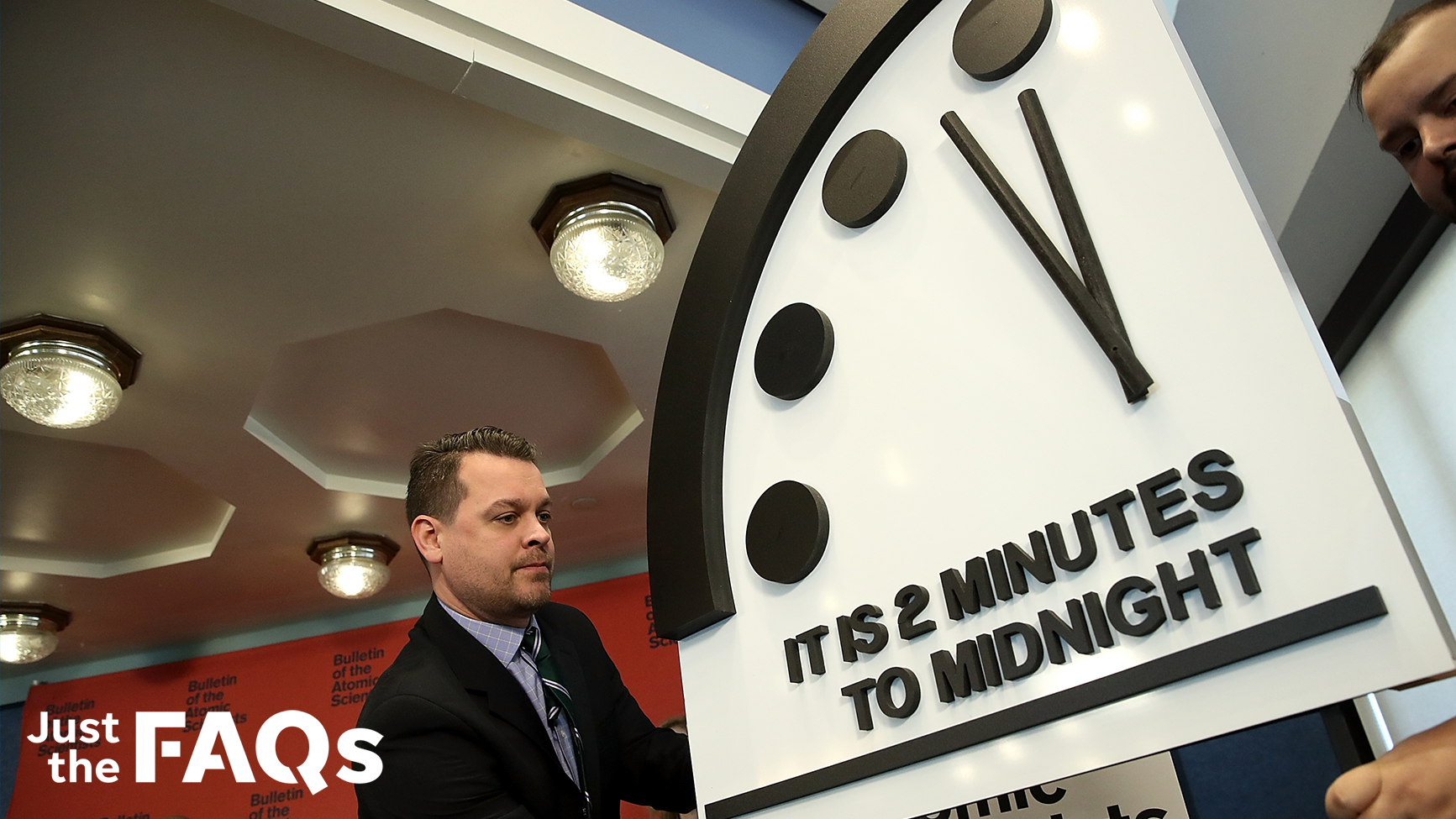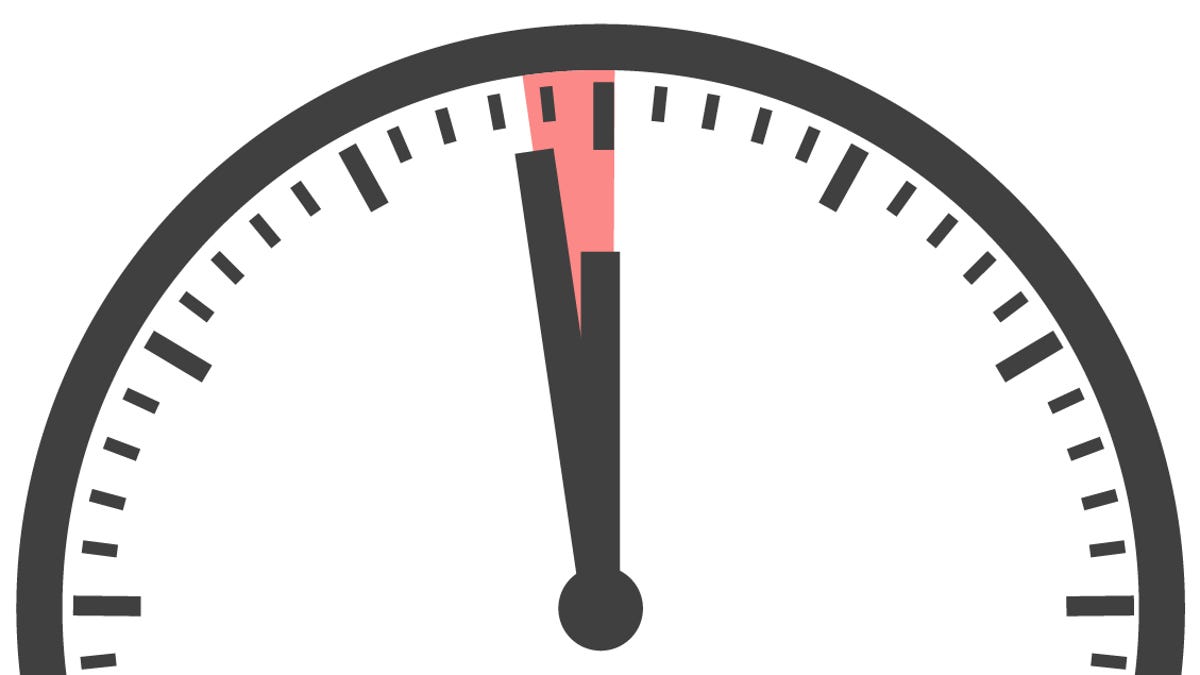
What does it mean when the Doomsday Clock strikes midnight?
From nuclear weapons to climate change, the Doomsday Clock symbolizes how close we are to the end of the world.
Just the FAQs, USA TODAY
Today − Tuesday − is the day.
The day we find out how close we are to the end of civilization, thanks to the annual update of the Doomsday Clock, which will be announced today at 10 a.m. ET in Washington, D.C.
Last year, the Doomsday Clock was set at 90 seconds to midnight, the closest to midnight the clock has ever been.
Tuesday marks the first update to the clock since the start of the Israel-Hamas war and the second since Russia’s invasion of Ukraine renewed fears of global nuclear war.
Speakers at the event will include science educator Bill Nye and Rachel Bronson, president and CEO of the Bulletin of the Atomic Scientists, which oversees the clock.
What is the Doomsday Clock?
The Doomsday Clock is a symbolic clock: a metaphor for how close humanity is to self-annihilation, according to the Bulletin of the Atomic Scientists, which has maintained the clock since 1947. The group was founded in 1945 by University of Chicago scientists who had helped develop the first nuclear weapons in the Manhattan Project.
The scientists created the clock in 1947 using the imagery of apocalypse (midnight) and the contemporary idiom of nuclear explosion (countdown to zero) to convey threats to humanity and the Earth.
What time is the clock set at now?
The clock is at 90 seconds to midnight, the closest the clock has been to midnight in its history. Midnight is the moment that symbolizes Doomsday.
Who decides the time on the Doomsday Clock?
The Doomsday Clock is set each year by the 22 members of the Bulletin’s Science and Security Board in consultation with its Board of Sponsors, which includes 11 Nobel laureates.
Each year, the board members are asked two questions:
- Is humanity safer or at greater risk this year than last year?
- Is humanity safer or at greater risk compared to the 77 years the clock has been set?
This year, the board “will consider multiple global threats, including disruptive technologies like artificial intelligence, the proliferation of nuclear weapons, the Russia-Ukraine war, the Israel-Hamas war, bio-threats, the continued climate crisis, and state-sponsored disinformation campaigns,” the Bulletin said in a statement.
Why is the Doomsday Clock so prominent?
Over the years, the clock has been referenced by the White House, the Kremlin and the leadership of many other nations. Robert Oppenheimer and Albert Einstein were on the bulletin’s Board of Sponsors, and John F. Kennedy and Richard Nixon wrote pieces for the magazine.
Though not everyone agrees with the clock’s settings, it is generally respected for the questions it asks and for its science-based stance.

